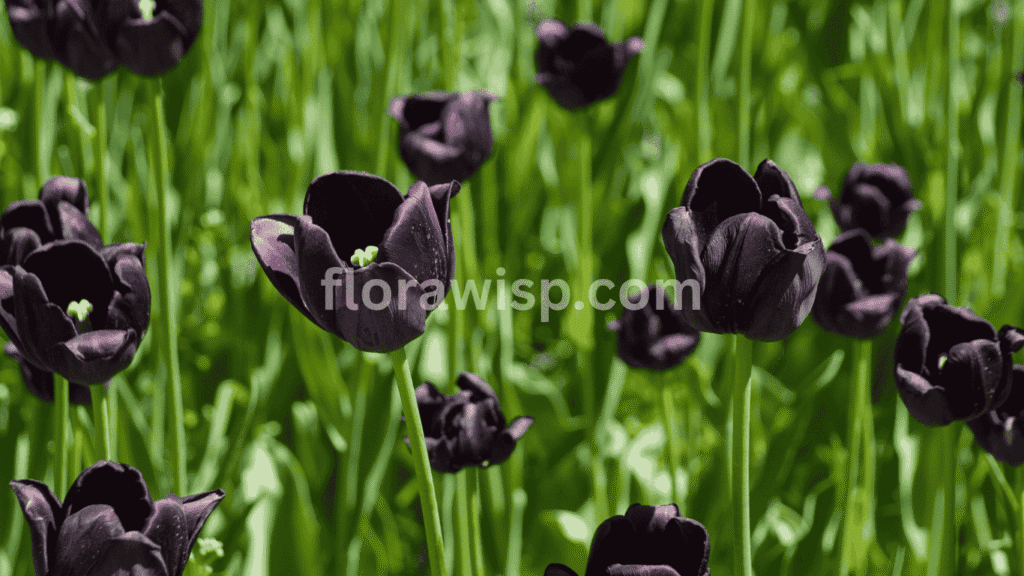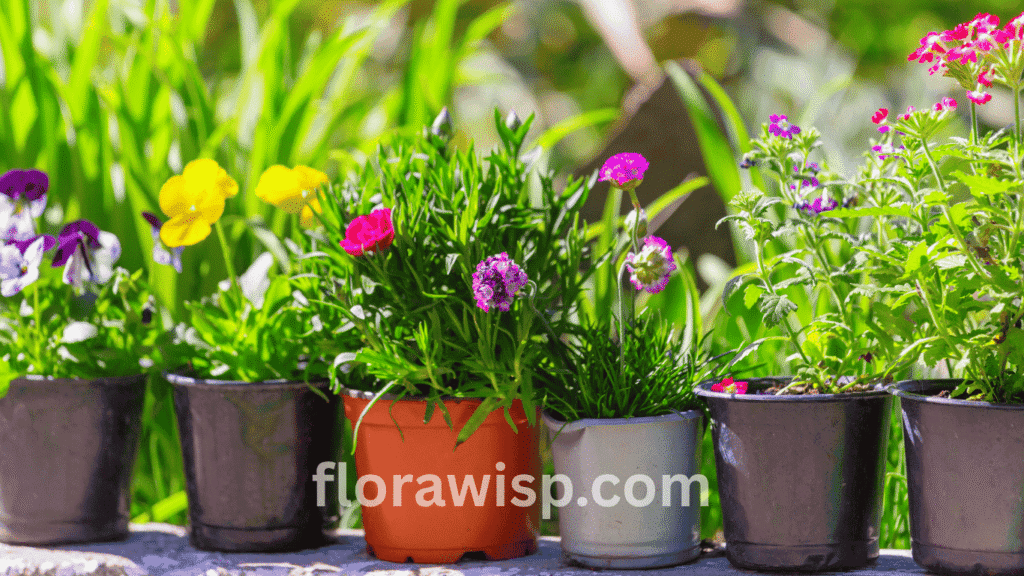Black tulips are among the most striking spring-blooming flowers, admired for their velvety, near-black petals that symbolize power, elegance, and mystery. Although no tulip is truly black, selective breeding has produced deep maroon and violet cultivars that give the illusion of pure darkness. These rare blooms became legendary through Alexandre Dumas’ The Black Tulip, symbolizing ambition and rarity, and they remain a collector’s favorite for modern gardens.
Planting black tulip bulbs in the fall is essential for a vibrant spring display. They thrive in full sun with well-drained, sandy soil and require a planting depth of 6–8 inches, spaced 4–6 inches apart. In warmer USDA zones 8–10, pre-chilling bulbs for 10–12 weeks is crucial to mimic natural winter dormancy. Varieties like Queen of the Night, Black Hero, and Black Parrot are standout choices, each offering unique petal forms, textures, and even a subtle black tulip fragrance.
For a balanced spring palette, pair black tulips with lighter blooms like ivory or the romantic charm of pink tulips. Whether used in dramatic garden borders or as cut flowers, black tulips last up to a week in vases when stems are trimmed under water and refreshed every two days. Their pairing with lighter blooms like pale ranunculus creates designer-worthy contrasts, making them a true showstopper indoors and out.
Your Planting Advice
| Plant Type | Tulip (Black Varieties) |
| Plant Name | Queen of the Night, Black Hero |
| Genus | Tulipa |
| Soil pH | 6.0 – 6.5 |
| Characteristics | Velvety petals, deep maroon-black color, spring bloom |
In This Article
What Makes Black Tulips So Unique?
A Color Like No Other
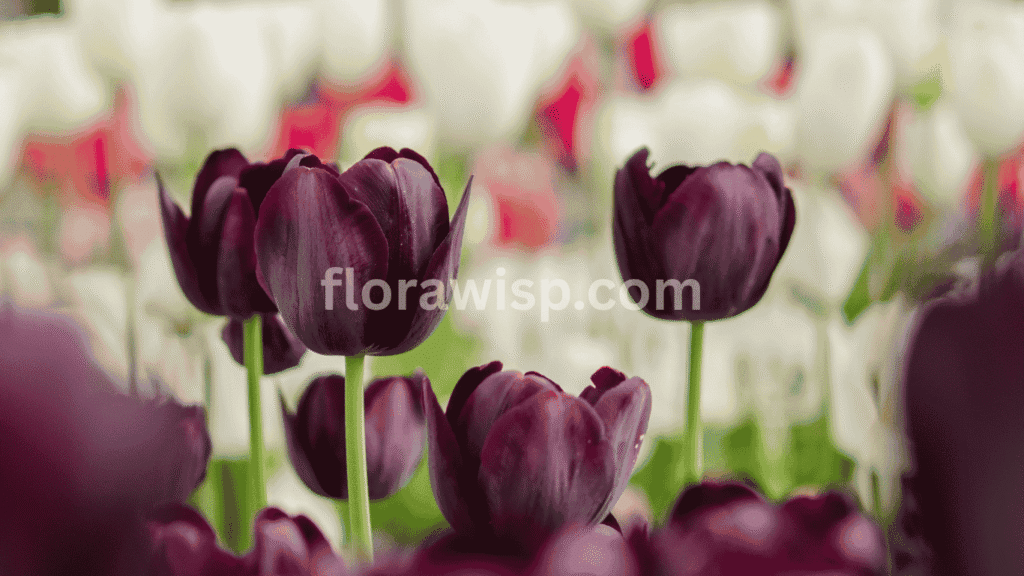
The first time I saw black tulips in bloom, I was struck by how unreal they looked, almost as if they were painted for a fantasy garden. Yet these are not artificial creations, they’re genuine cultivars carefully bred over decades to achieve their deep, dramatic hues. In my own garden here in the U.S., I’ve noticed that their beauty is most intense on sunny mornings, when the petals reveal rich undertones of velvety plum and dark wine.
The Science Behind Real Black Tulips
Despite their name, no tulip is truly black. The dark effect we see in real black tulips comes from a high concentration of anthocyanins, the same natural pigments found in blueberries and black rice. This heavy pigmentation absorbs most light, giving the blooms their iconic shadowy tone. For gardeners and collectors, this unique characteristic sets black tulip flowers apart from any other spring bloom.
Symbolism and Meaning
Over time, black tulips have gained a reputation for elegance, power, and mystery. I’ve often used them in arrangements where I want to convey sophistication or make a bold statement. In floral symbolism, gifting someone a black tulip can represent strength, rebellion, or a deep emotional bond. For me, they’ve always carried a sense of quiet beauty, a reminder that sometimes the most striking colors come from nature’s subtle darkness.
9 Breathtaking Black Tulip Varieties for Your Garden
Over the years, I’ve planted and nurtured many tulip varieties, but few make a garden as captivating as black tulips. Their rich, velvety tones bring a dramatic flair to spring landscapes, and when paired with lighter blooms, they create a contrast that feels almost artistic. Below are nine varieties that can transform any garden, along with my personal insights and experiences.
1. Queen of the Night Black Tulips
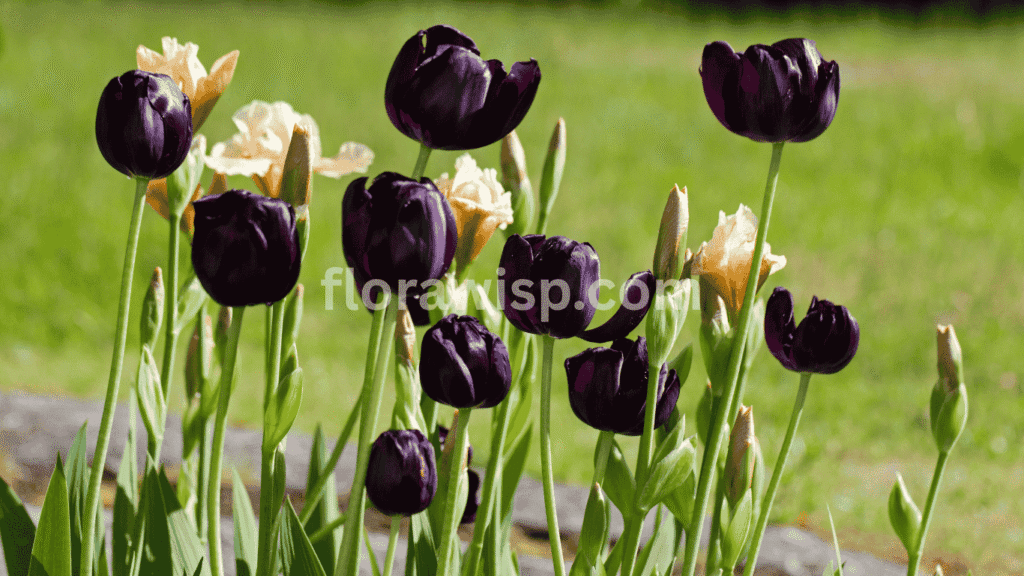
These are perhaps the most iconic black tulips, with deep maroon petals that look almost black in shaded light. I’ve grown Queen of the Night for years, and they always bloom late in spring, towering over shorter bulbs with graceful stems. Their elegance makes them perfect for borders or mixed displays. In my garden, I often pair them with ivory daffodils or White Tulips for a stunning black-and-white combination that never fails to draw attention.
2. Black Hero Tulip Bulbs
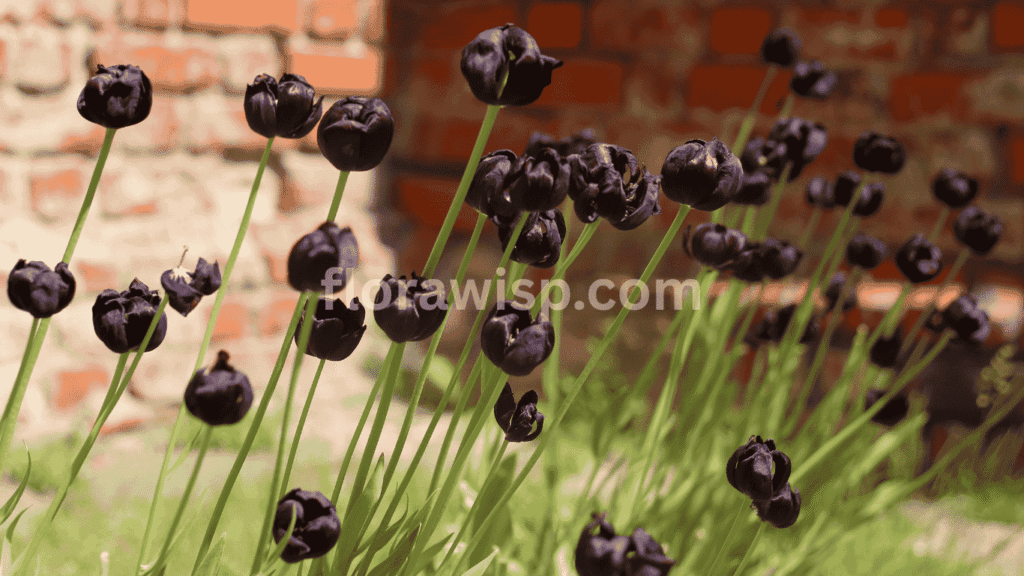
Known for their luxurious, double-layered petals, Black Hero tulips add a plush, almost peony-like feel to any garden. I grow these specifically for cut flowers because they last longer in vases compared to most single-petaled tulips. They also have a subtle fragrance, making them ideal for spring bouquets. Planting these bulbs in groups of 10–15 creates a dense, dramatic bloom cluster.
3. Black Parrot Tulip
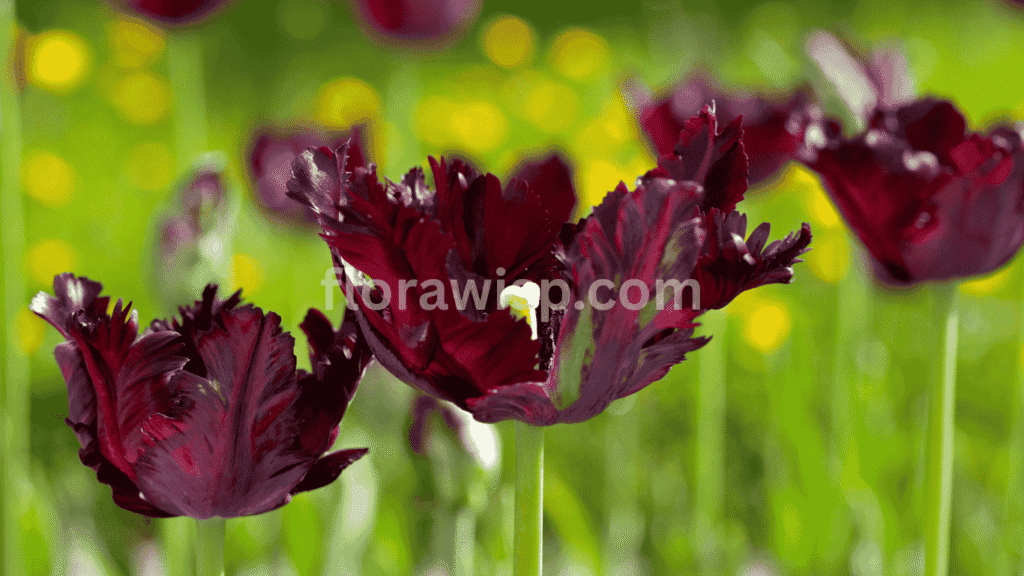
The ruffled, feathery petals of the Black Parrot tulip make it stand out in a bed of traditional tulips. I planted these near my patio last season, and they instantly became a conversation starter. Their greenish streaks add an exotic flair, especially when combined with pastel tulips or pink hyacinths. These tulips thrive in full sun and reward you with bold blooms every year when properly cared for.
4. Black Tulip Magnolia
Though not technically a tulip, the black tulip magnolia deserves a place on this list because of its chalice-shaped flowers that resemble tulip blooms. I planted a Magnolia Black Tulip tree on the southern edge of my yard five years ago, and its spring display of deep, wine-colored flowers is breathtaking. The blooms appear before the leaves, making them even more striking.
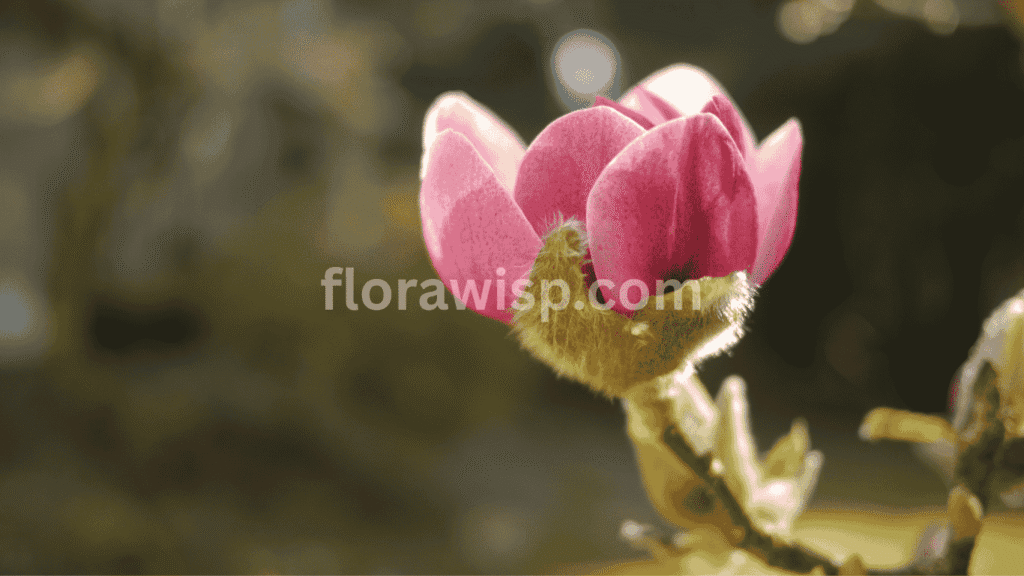
5. Black Tulip Magnolia Tree
If you have limited space, a black tulip magnolia tree is a fantastic choice. These compact trees grow around 10–15 feet, making them perfect for small yards or urban gardens. Although I haven’t planted this particular variety myself, I’ve seen it in a friend’s garden, and its upright, dark blooms create an impressive focal point.
6. Red and Black Tulips
Combining red tulips with black varieties like Queen of the Night creates a dramatic two-tone garden bed. I often plant them in alternating rows, and the result is always stunning. The deep tones of the black blooms highlight the fiery brightness of red petals, making the entire bed look like a living painting.
7. Black Hero Tulip Bulbs for Cut Gardens
While I already mentioned Black Hero tulips, their bulbs deserve special attention for anyone who loves floral arrangements. When grown in cutting beds, these bulbs produce sturdy stems and blooms that last up to a week in a vase with proper care. They’ve become my go-to for spring floral gifts.
8. Magnolie Black Tulip
The Magnolie Black Tulip is a German-bred magnolia known for its intense purple-black blooms. While I haven’t grown this particular cultivar, I’ve admired it in public gardens. Its upright, cup-shaped flowers open wide in early spring, complementing lighter plants nearby. For anyone seeking a tree that combines elegance with resilience, this is an excellent choice.
9. Black Tulip Mixes
Many bulb suppliers offer curated collections of black tulips that blend different varieties like Queen of the Night, Black Hero, and Black Parrot. I’ve planted these mixes in my test beds, and they create a natural gradient of shades from dark purple to true near-black tones. They’re an easy way to add depth and drama to any flower bed.
In my experience, most of these varieties thrive best in full sun with well-draining soil. Whether you’re growing black parrot tulips for its texture or queen of the night black tulips for their classic elegance, each one will add a unique dimension to your garden that’s hard to replicate with any other flower.
How to Grow and Care for Black Tulips
Growing black tulips may look challenging at first, but with the right techniques, they can become the showpiece of any spring garden. Over the years, I’ve perfected a few reliable steps that ensure strong blooms and rich, dark petals every season.
Start with Healthy Black Tulip Bulbs
The success of your black tulips begins with the bulbs. I always inspect them carefully. They should feel firm, not soft or moldy. If you’re planting in warmer regions (USDA Zones 8–10), pre-chill the bulbs in a refrigerator for 10–12 weeks. This chilling period mimics winter dormancy and is crucial for proper flowering.
Choosing the Right Location and Soil
These tulips thrive in full sun, needing at least 6 hours of direct sunlight daily. In my own garden, I’ve had the best results in slightly sandy, well-drained soil. Tulips dislike standing water; too much moisture can rot the bulbs. Raised beds or sloped areas are ideal for avoiding waterlogging.
Planting Depth and Spacing
I plant my black tulip bulbs in fall, from October to November, depending on local frost dates. A depth of 6–8 inches works best, with 4–6 inches of spacing between bulbs. If you’re unsure about the right timing, check my detailed guide on When to Plant Tulip Bulbs for seasonal planting tips and success strategies.
Watering and Mulching
Water the bulbs right after planting, then let nature handle the winter moisture. Once shoots emerge in spring, I water lightly if the weather is dry. Mulching with straw or shredded leaves helps protect the bulbs during cold snaps and keeps the soil temperature stable.
Feeding and Fragrance
For healthier blooms, I mix bone meal or slow-release bulb fertilizer into the planting hole. This small step makes a big difference in bloom size and color depth. Some varieties, like Black Hero and Black Parrot, even carry a gentle black tulip fragrance, making them perfect for cut arrangements.
By following these steps, I’ve grown black tulips that not only bloom reliably but also return for several seasons with proper care and deadheading.
Can You Really Grow a Black Tulip Magnolia Tree?
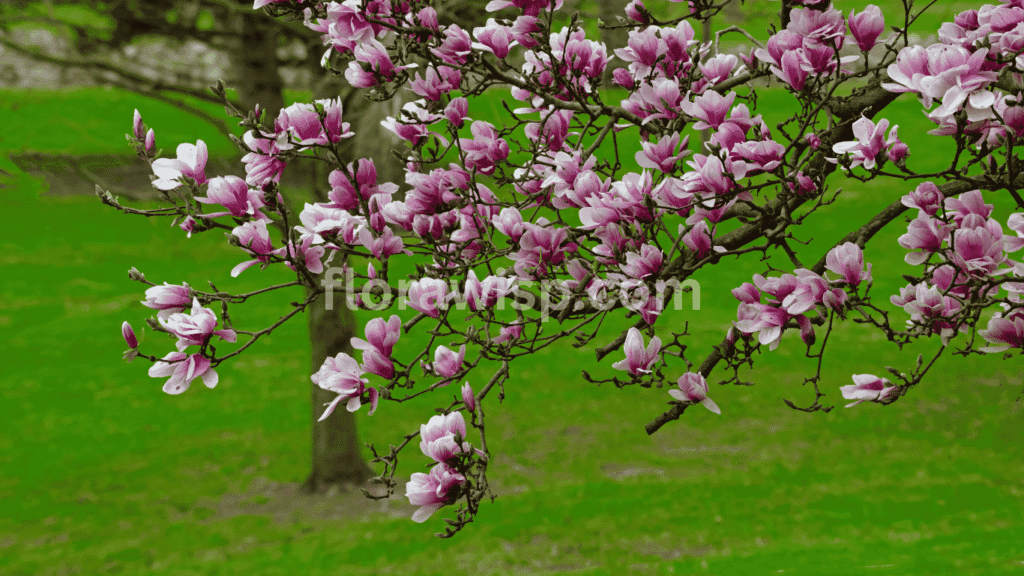
Understanding the Black Tulip Magnolia
Despite its name, the black tulip magnolia isn’t a true tulip; it’s a hybrid magnolia prized for its deep maroon, cup-shaped blooms that mimic tulip petals. I planted one near my driveway, and every March, it becomes the highlight of my landscape, drawing curious looks from neighbors and passersby. Its rich, velvety blossoms appear before the leaves fully emerge, creating a stunning early-spring display.
Growth and Ideal Conditions
A black tulip magnolia tree typically reaches 10–15 feet in height, which makes it perfect for compact gardens or urban yards where space is limited. From my experience, this magnolia isn’t particularly fussy as long as you provide well-drained, fertile soil. If you have clay soil, amend it with organic matter to prevent root rot. I’ve also noticed that it thrives best in a spot with morning sun and light afternoon shade, especially in warmer southern zones.
Companion Planting with Black Tulips
One of my favorite combinations is planting black tulips beneath the magnolia canopy. When both bloom together, the dark tones of the tulips enhance the striking blossoms of the magnolie black tulip, creating a layered and elegant garden scene. Just make sure you give both plants enough space tulip bulbs should be planted where they won’t compete with the shallow roots of the magnolia.
Low Maintenance Yet High Impact
What I love most about the black tulip magnolia tree is its resilience. Once established, it requires minimal care beyond occasional pruning and seasonal feeding. I give mine a slow-release fertilizer in early spring, which ensures consistent blooms year after year.
Black Tulip Symbolism
A Timeless Symbol of Mystery and Elegance
The symbolism of black tulips has always fascinated me, both as a gardener and a lover of history. These flowers are often associated with mystery, elegance, and independence qualities that make them perfect for anyone who wants to add a unique, bold touch to their garden or floral arrangements.
The Story Behind The Black Tulip
My first encounter with the legend of black tulips was through Alexandre Dumas’ novel The Black Tulip. The story, set in 17th-century Holland, portrays the obsessive quest to cultivate a true black tulip, a symbol of beauty, ambition, and risk. Although no tulip is truly black, the deep hues of varieties like Queen of the Night capture that same sense of rarity and allure.
Black Tulip Meaning and Fragrance
In modern floristry, black tulip meaning often ties to strength, passion, and sophistication. They’re a popular choice for weddings and special events when couples want something that stands out from traditional floral palettes. Some varieties even carry a subtle black tulip fragrance, soft, earthy, and slightly sweet which adds to their mystique without overpowering other flowers in a bouquet.
Where to Get the Best Black Tulips

Over the years, I’ve learned that the key to growing healthy, vibrant black tulips starts with choosing top-quality bulbs. I always buy from trusted vendors that specialize in heritage or collector tulip varieties. When selecting bulbs, I look for ones that are firm and heavy for their size avoiding any that feel soft, show mold, or have visible damage. Fall (October to November in most of the U.S.) is the best time to purchase and plant, as the bulbs need the cool winter months to develop strong roots.
Reliable Sources for Black Tulip Bulbs for Sale
For online shopping, retailers like Breck’s, Eden Brothers, and Tulip World consistently offer a good selection of black tulip bulbs for sale, including popular varieties like Black Hero and Queen of the Night. I’ve often ordered online when local nurseries have limited stock. If you prefer to see bulbs in person, searching black tulips near me during local fall plant sales can sometimes uncover unique or specialty varieties.
Black Tulips Delivery and Seeds
For convenience, many online retailers now provide black tulips delivery with detailed planting instructions and tracking, which I find incredibly helpful during the busy fall season. Some suppliers also sell black tulip seeds, but I always advise fellow gardeners to stick with bulbs. Seeds can take years to bloom and often don’t produce the same deep color or reliability as bulbs.
With the right source and a little planning, buying black tulips can be simple and rewarding. Whether you order online or visit local garden centers, investing in quality bulbs ensures that your spring garden will be filled with bold, dramatic blooms.
Black Tulip Bouquet Ideas
Creating Striking Color Combinations
One of the joys of growing black tulips is turning them into show-stopping floral arrangements. Their dark, velvety petals add depth and contrast that few flowers can match. I often pair them with ivory or pure white blooms, such as white tulips or roses, to highlight their rich tones. Soft pastels, like pale pink ranunculus, create a romantic balance, while silver foliage like dusty miller adds a cool, modern touch to the Tulip bouquet.
Bold Centerpieces with Black Parrot Tulips
When I want a dramatic arrangement, I turn to black parrot tulips. Their ruffled petals bring movement and texture, perfect for creating dynamic centerpieces. I frequently mix them with red and black tulips for a bold, sophisticated color scheme that always draws compliments. These arrangements work beautifully for formal events, art displays, or moody dinner table designs.
Enhancing Indoor Arrangements
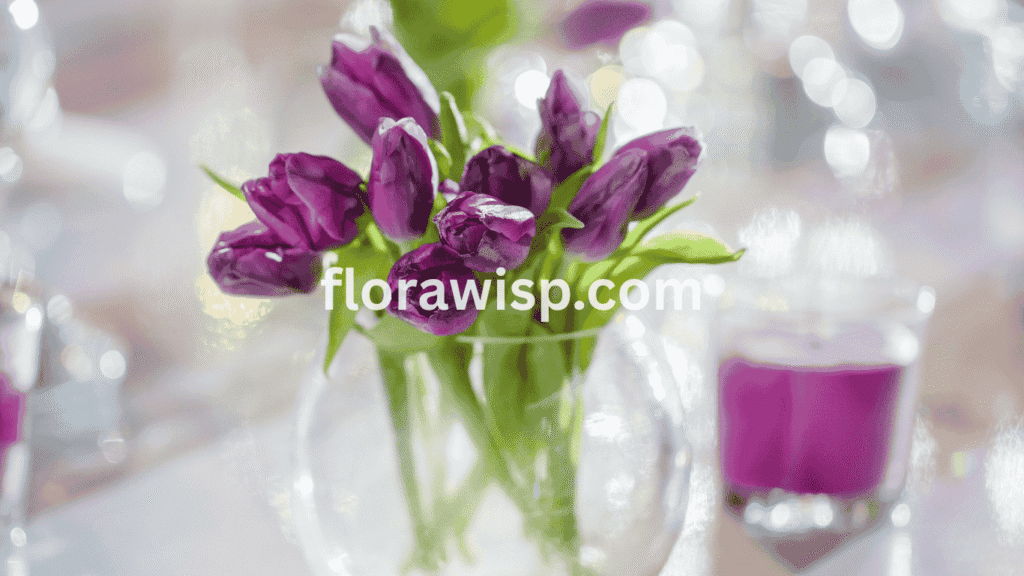
Cutting black tulips for indoor vases is one of my spring rituals. Many varieties carry a subtle black tulip fragrance, an earthy yet sweet scent that adds an extra layer of charm. To keep them fresh, I always trim the stems under running water and change the vase water every two days. A touch of flower food or a teaspoon of sugar also helps extend their vase life.
Why Black Tulips Are a Designer’s Secret Weapon
In floral design, black tulips are often the element that elevates a bouquet from simple to unforgettable. Their bold tones pair well with both minimalist arrangements and luxurious, layered displays. Whether you’re designing for weddings, modern interiors, or spring celebrations, these tulips bring a touch of elegance and drama that never goes unnoticed.
Conclusion
Adding black tulips to your garden is like planting poetry in the soil. Their striking color, rich symbolism, and rewarding blooms make them a top choice for gardeners who appreciate beauty with a bold edge.
Whether you’re drawn to the velvety look of Queen of the Night or the layered charm of Black Hero, there’s a black tulip out there for every garden personality. I encourage you to plant just one variety this fall. I promise you’ll fall in love with its mystique come spring.
FAQs
Q. Where can I buy black tulips?
You can buy black tulips from trusted online retailers like Eden Brothers, Breck’s, or local garden centers during the fall planting season. As an experienced gardener, I’ve found that buying from bulb specialists ensures higher bloom rates and healthier plants. Look for well-known varieties like Queen of the Night or Black Hero, which are often available in fall bulb catalogs. Always check the bulbs for firmness and size before planting quality bulbs that produce stronger, darker blooms.
Q. Are black tulips natural or dyed?
Black tulips are natural, not dyed. Their deep, almost-black color comes from intense purple and maroon pigments developed through decades of careful breeding. True black doesn’t exist in tulips, but varieties like Queen of the Night create a near-black illusion. In my 20+ years of growing bulbs, I’ve never encountered artificially dyed tulips at reputable nurseries, only naturally bred varieties with rich, dramatic tones.
Q. What is Black Tulip meaning?
Black tulip meaning is deeply tied to power, mystery, and elegance, symbolizing strength and rare beauty. In my gardening experience, these velvety blooms often stand out as bold statements in floral design, representing independence and sophistication. Historically, black tulips became iconic through Alexandre Dumas’ The Black Tulip, where they symbolized ambition and unattainable perfection. Today, floral experts note they’re often chosen for weddings or luxury events to convey passion, exclusivity, and a modern, dramatic edge in bouquets or garden displays.
Q. Do black tulips have a fragrance?
Yes, some black tulip varieties have a light, pleasant fragrance, but not all are scented. In my experience, varieties like Black Hero and Black Parrot often release a subtle, earthy-sweet aroma, especially when cut for bouquets. While black tulips are mainly grown for their dramatic color and velvety petals, their mild fragrance adds an extra layer of charm. Research from bulb growers also confirms that double-petaled cultivars tend to hold fragrance longer compared to single-petaled types.
References
Black Hero Tulip – Growing Guide
The Black Tulip by Alexandre Dumas
DutchGrown – Black Tulip Bulbs for Sale
Gardener, M.Sc. Horticulture
Elara Bennet is a gardening writer from Austin, TX, passionate about sustainable lawns and blooms. Read full bio →

